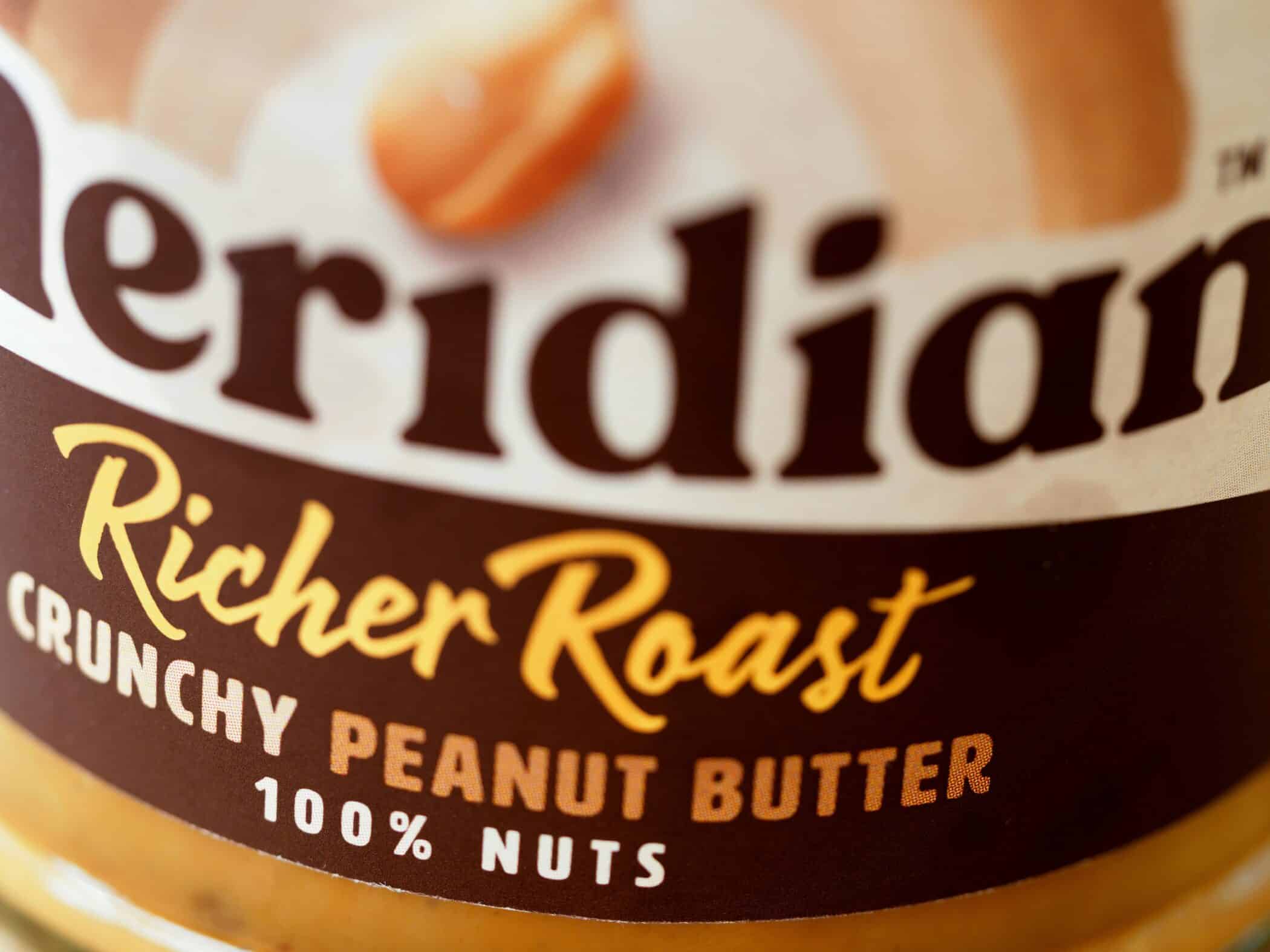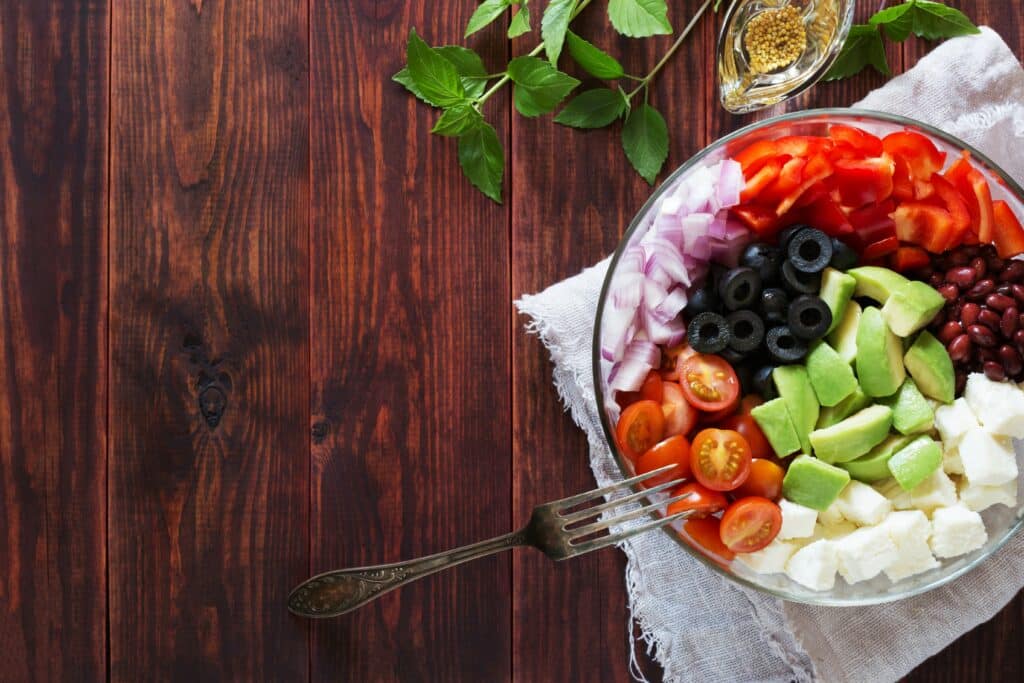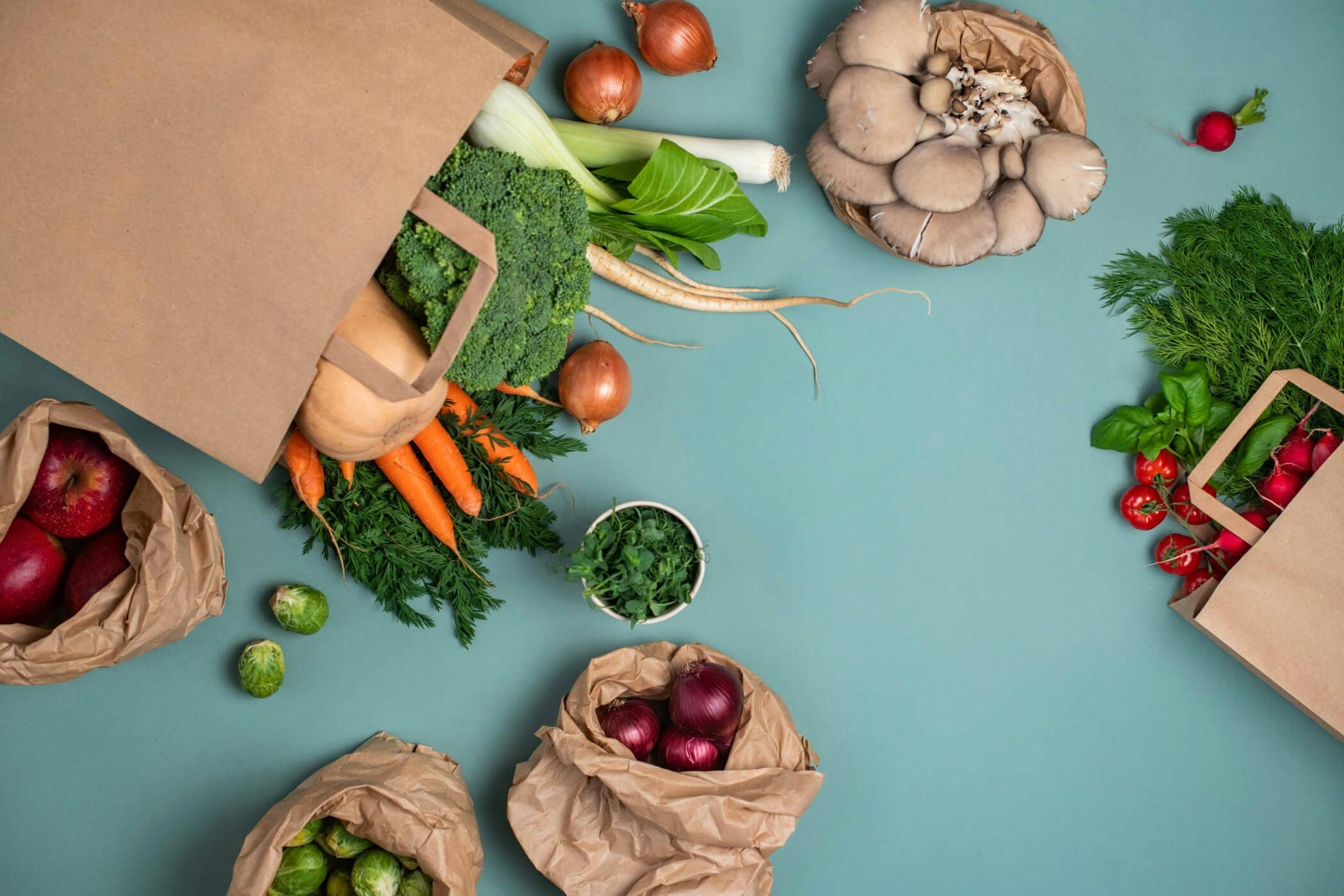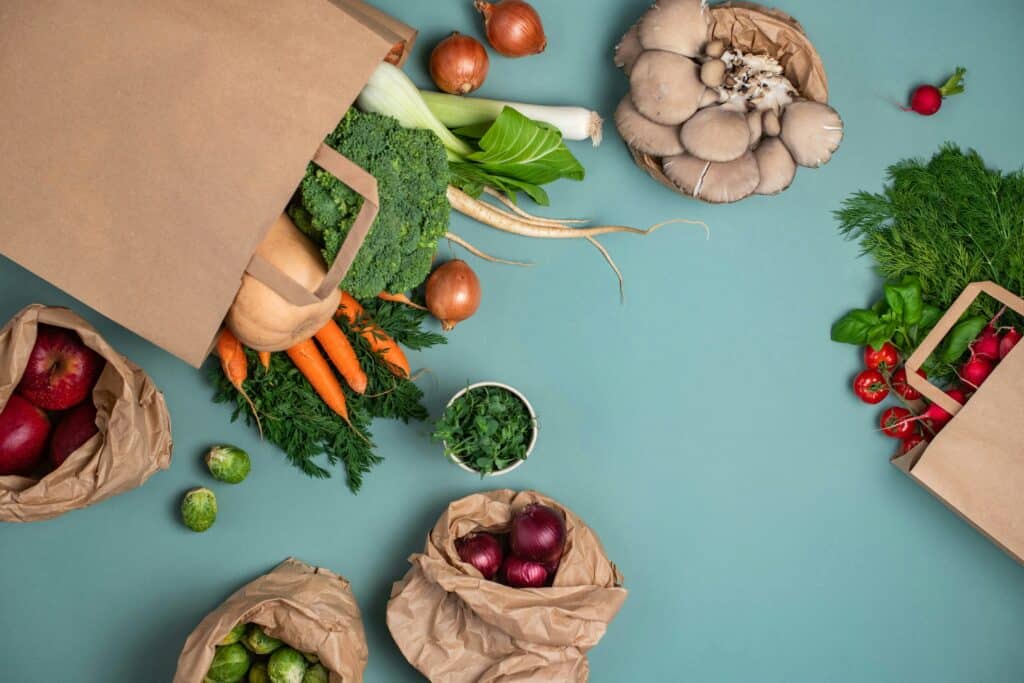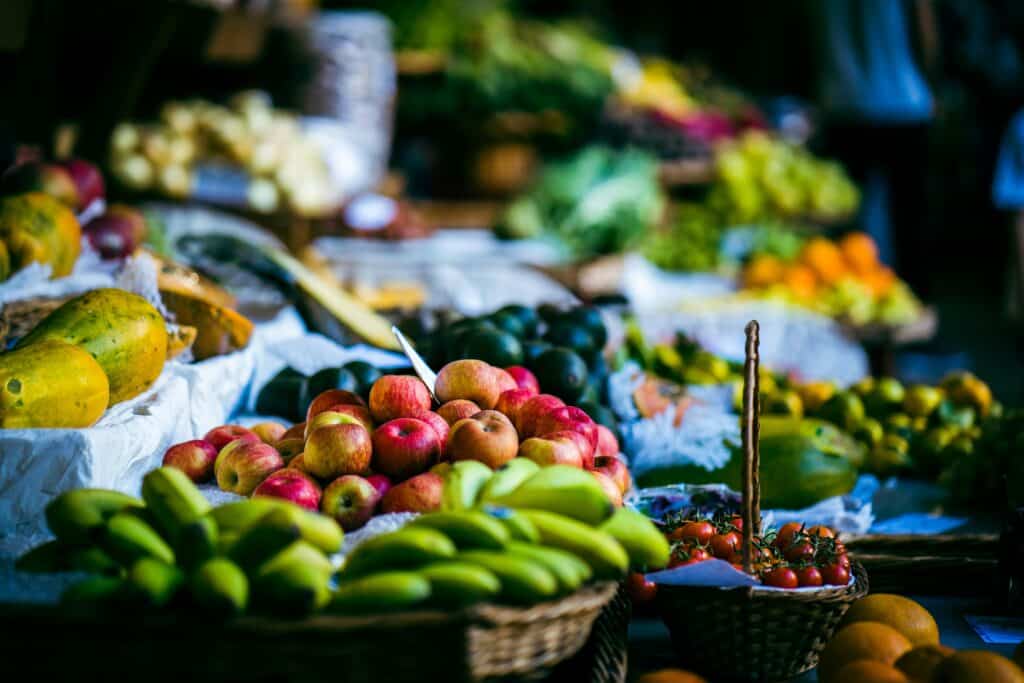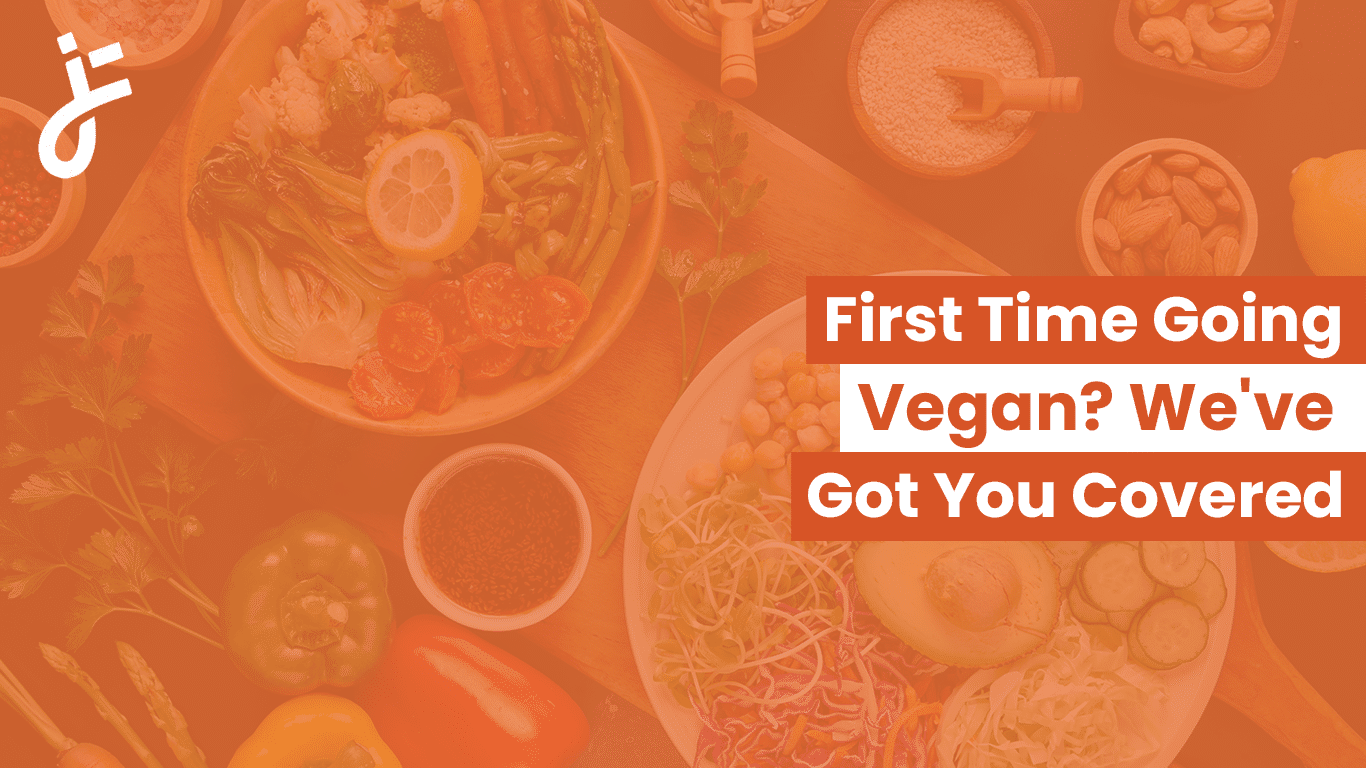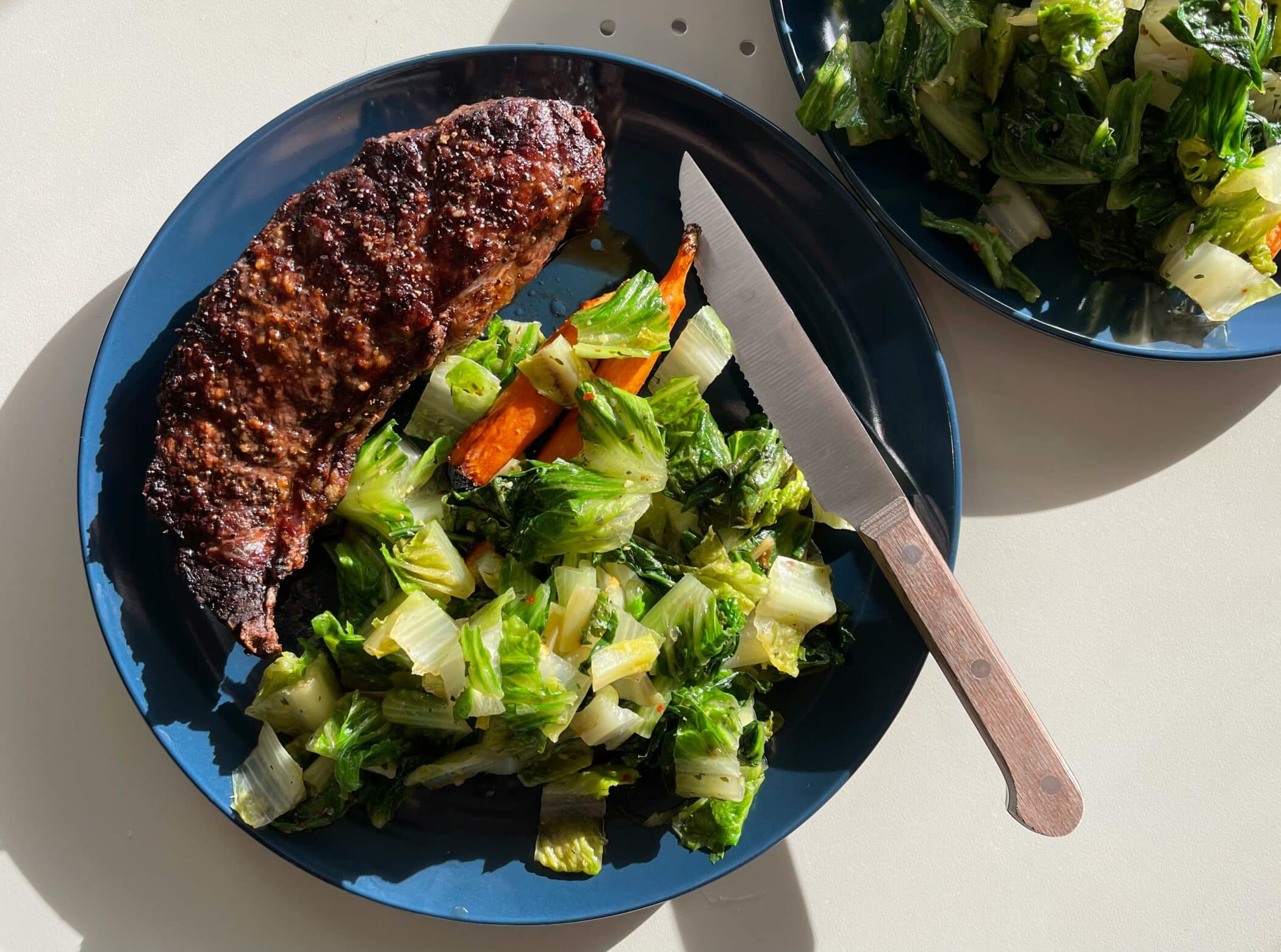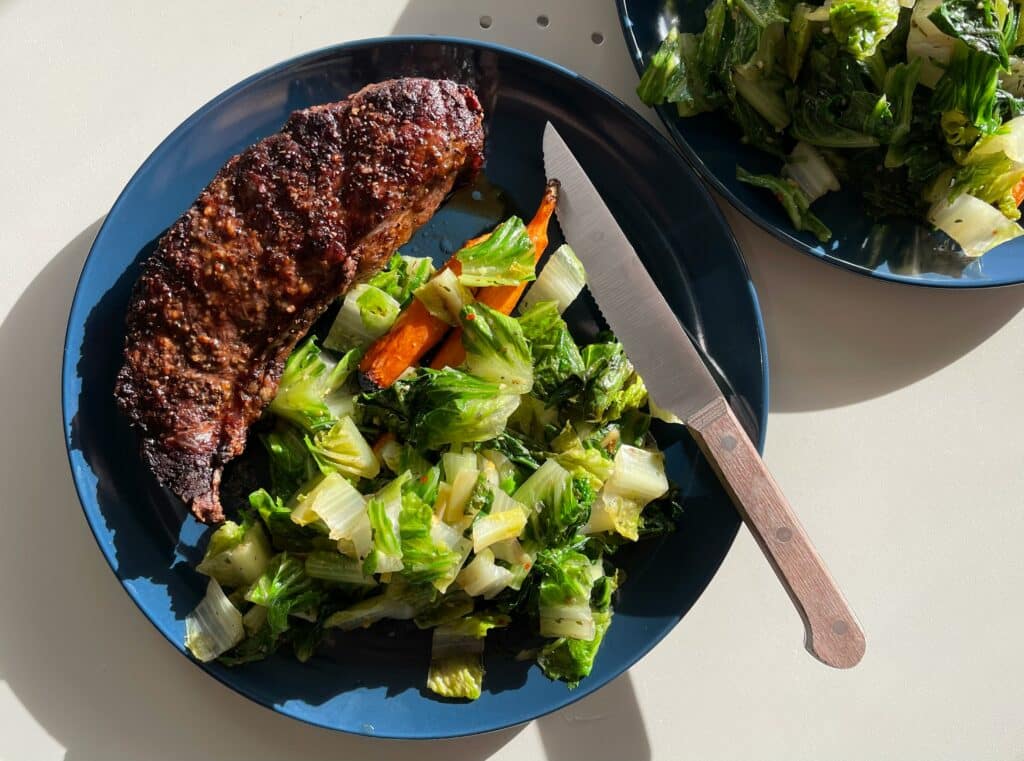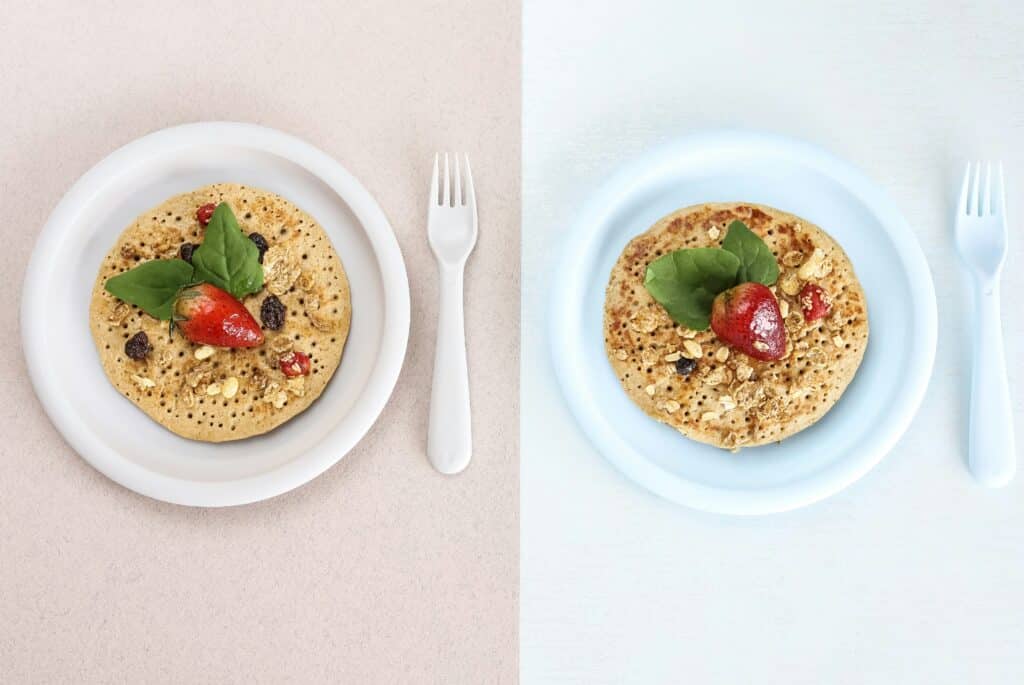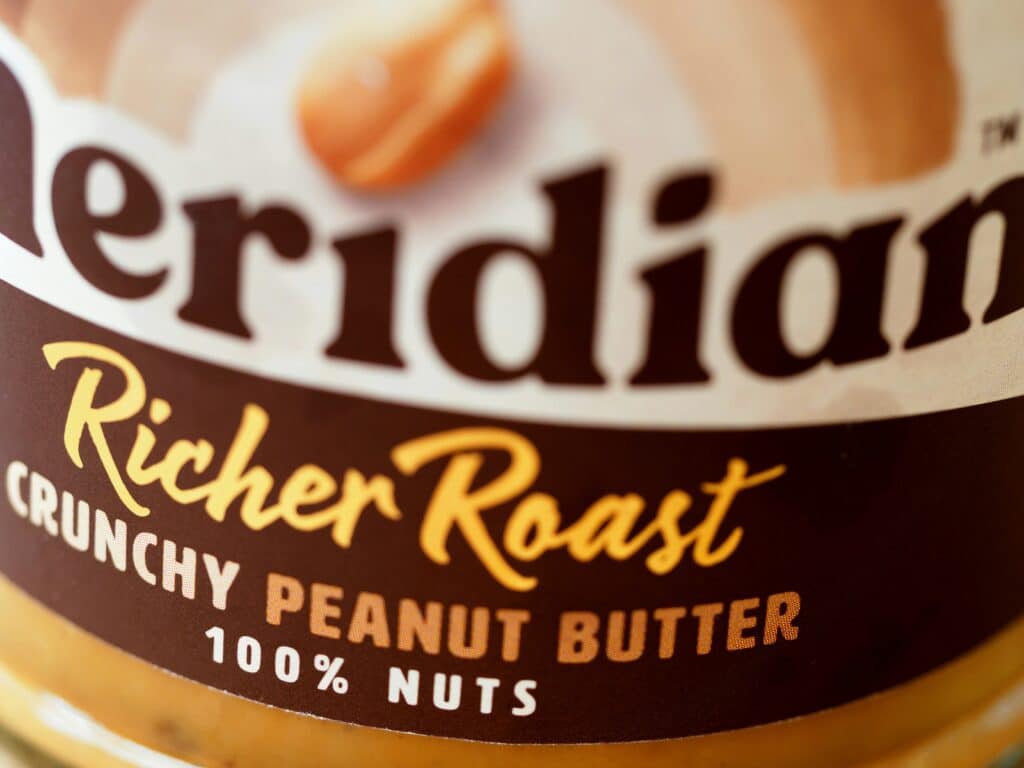
Peanut butter is a commonly used ingredient, loved for its creamy texture and nutty taste. It offers various health benefits as it:
- provides satiety;
- is excellent for weight management;
- contains heart-healthy fats.
Additionally, it’s packed with protein, making it perfect for all fitness enthusiasts. Still, some find it challenging to find ways to add peanut butter to their food schedule. That’s why we’ve prepared five convenient ways to fit it into your diet.
What makes peanut butter a good source of protein?
Peanut butter is extracted from naturally protein-rich ground peanuts. This plant-based protein source contains a variety of essential amino acids. That makes it an exceptional source of protein, especially for individuals who follow a vegetarian or vegan lifestyle.
A typical two-tablespoon serving of peanut butter contains around eight grams of protein. Since that small amount can add a solid protein boost to your diet, it’s a very practical way to increase your daily protein intake.
Different types of protein in peanut butter
Peanut butter has several types of proteins, with two major varieties:
- globulins
- albumins
These proteins are soluble in water and contribute to the protein content of your meal. Globulins like arachin and conarachin comprise a significant portion of the protein content.
Protein content in popular peanut butter brands
The protein content in peanut butter can vary in different brands and types. Some specialty peanut kinds of butter are formulated to have higher protein content. When choosing peanut butter, check the nutrition label for its protein content.
Additionally, always opt for natural peanut butter with minimal additives. They have a higher percentage of protein and less added sugars and unhealthy fats.
How to make peanut butter work for you?
1. Peanut butter for breakfast
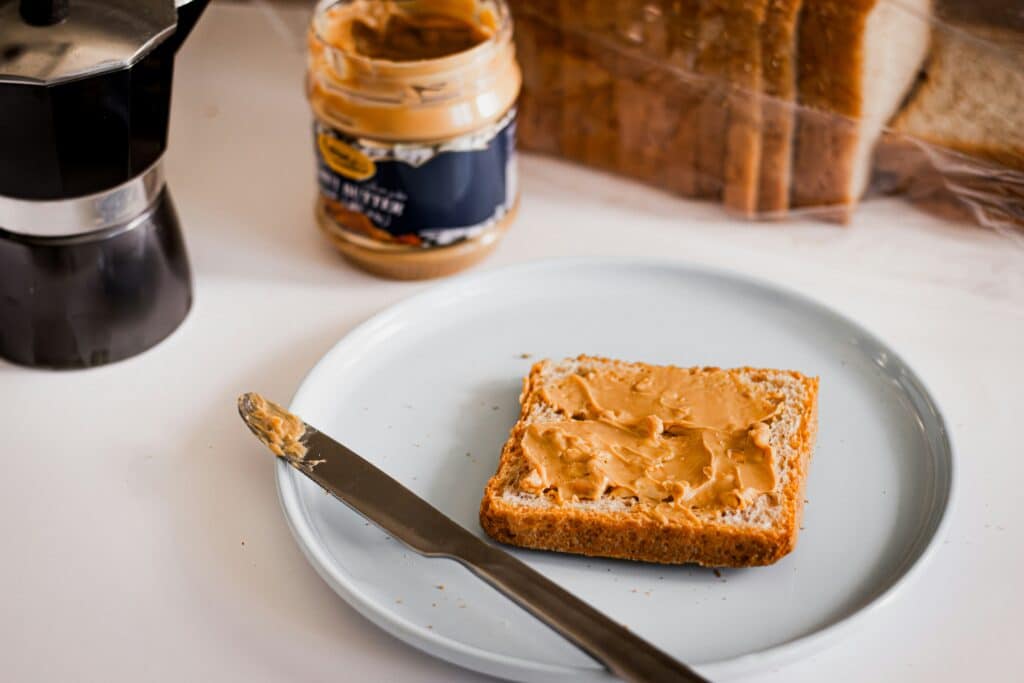
Breakfast is usually described as the most important meal of the day. Adding peanut butter can kickstart your morning with a nutritious boost. Here are some ideas for enjoying it at breakfast:
Protein-packed spread:
Instead of regular butter or jam, spread a generous amount of protein peanut butter on your toast. Its creamy texture and nutty flavor pair perfectly with various breakfast bread options.
Protein pancakes or waffles:
Upgrade your pancake or waffle recipe by adding peanut butter to the batter. The flavor is delightful, and it’ll boost the protein content of your breakfast stack.
Protein peanut butter oatmeal:
Stir a spoonful of peanut butter into your morning oatmeal. Its creamy consistency perfectly blends with your oats and adds a rich peanut flavor.
2. Peanut butter as a pre-workout snack
Peanut butter is considered the perfect pre-workout snack due to its properties.
Firstly, it gives you sustained energy during the exercise. The protein in peanut butter will provide your muscles with the essential amino acids and help your muscles to perform optimally.
It will also aid with muscle repair and recovery. Having peanut butter treats before your workout can support recovery after intense exercise.
Another perk of having it before your workout is stabilizing blood sugar levels. That’ll prevent energy crashes during your workout and keep your endurance high.
Finally, peanut butter is easy on the stomach, and you’ll digest it quickly. Hence, you won’t feel overly full or uncomfortable during your exercise session.
Try mixing it with complex carbohydrates like whole-grain bread or a banana. This combination provides a balanced energy source to power through your exercise routine.
3. Post-workout recovery
A healthy, nutrient-packed meal after a workout is crucial to quality recovery. Peanut butter will provide exactly that.
After working out, your muscles need protein to repair and grow stronger. Peanut butter provides a convenient source of essential amino acids. They’re the building blocks of muscle tissue, making them a vital addition to your diet.
It can also reduce muscle soreness due to its anti-inflammatory properties. This means less discomfort and a quicker return to your next training session.
Post-workout, your body’s glycogen stores may be depleted. Combining peanut butter with carbs like whole-grain bread or fruit can help replenish these energy stores.
After an intense exercise, your immune system can be temporarily weakened. Luckily, peanut butter offers essential nutrients like vitamin E and antioxidants. These nutrients will do a massive job of supporting your immune function.
For an effective post-workout meal, combine protein peanut butter with other nutrient-rich foods. Some excellent choices are berries, Greek yogurt, and a drizzle of honey. This combination provides a well-rounded recovery meal.
4. Dinner enhancements with peanut butter
Dinner is often the last meal of the day, and it’s essential to make it both satisfying and nutritious.
Protein-packed sauces:
You can make protein-rich sauces using peanut butter as a base. For example, you can make a Thai-inspired peanut sauce. To make it, blend peanut butter with soy sauce, coconut milk and a little chili.
Marinades and glazes:
Use peanut butter as a marinade or glaze for proteins like chicken or tofu. The nutty flavor adds depth to your dishes while adding an extra dose of protein.
Salad dressing:
You can create a unique and protein-rich salad dressing by blending peanut butter with olive oil, vinegar, and honey.
5. Peanut butter for smoothies
Another excellent way to add peanut butter to your diet is through smoothies. Its creamy texture can thicken your smoothies without high-calorie additives like ice cream.
Peanut butter is very versatile, meaning you can incorporate it in various smoothies. It combines well with a wide range of ingredients, allowing you to customize it to your liking.
Peanut butter also can make you feel full for more extended periods. Hence, even a simple smoothie can promote satiety for hours. That is especially useful to prevent unnecessary snacking throughout the day.
In summary
Adding peanut butter to your diet brings numerous advantages. Its high protein content and rich nutrients make it a versatile choice for meals and snacks.
Its creamy texture and nutty flavor improve the taste of dishes. Peanut butter is a culinary delight that helps your fitness goals and supports your health. Embrace it for its tastiness and nutritional benefits—it’s a delicious way to make every meal benefit your well-being.

